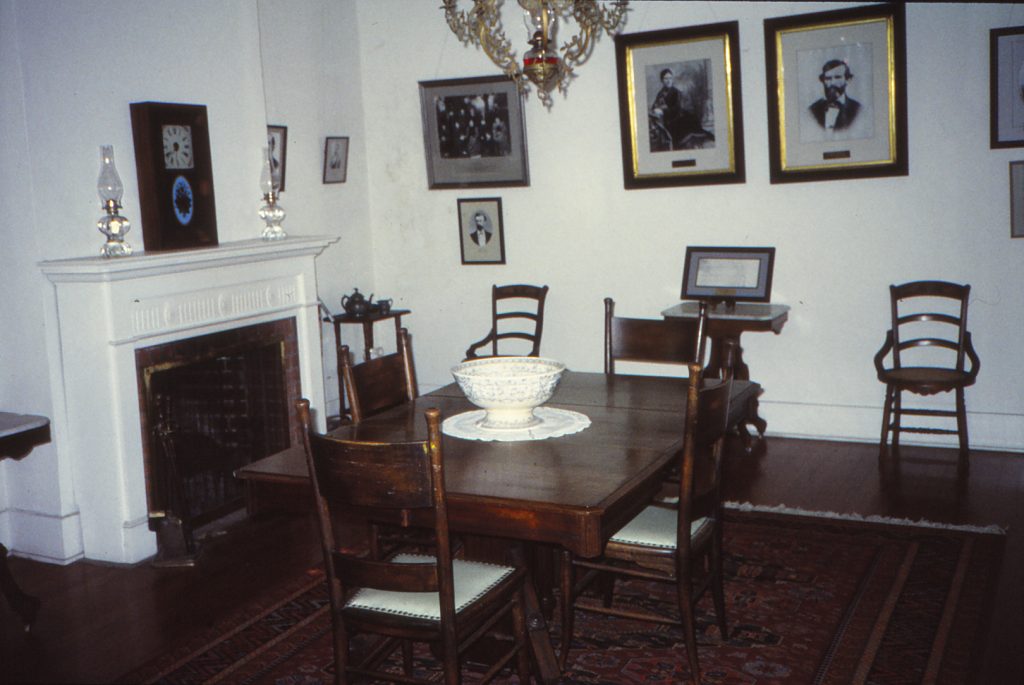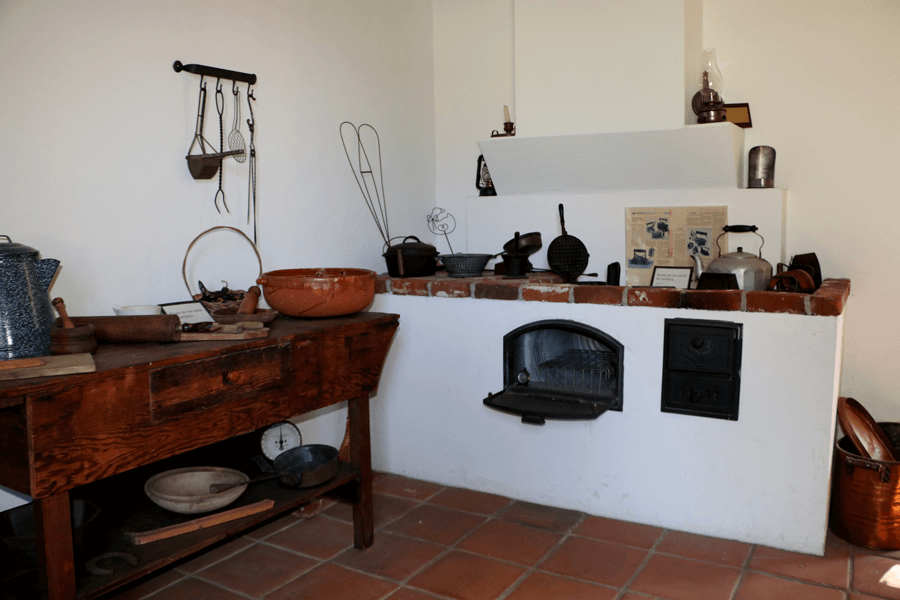María Merced Williams & John Rains House
Address
8810 Hemlock Street, Rancho Cucamonga, CA 91730
(909) 989-4970
Closed 12/19 & 12/26
Directions
Plan Your Trip Ahead
We suggest contacting the main museum at (909) 798-8608 to make sure this site is open on the day you would like to visit as we may experience temporary closures due to high winds or other factors during the year.
Hours
Closed Wednesday, December 24 through Friday, December 26. Reopens Saturday, December 27.
- Tuesdays through Saturdays: 10 a.m. to 3 p.m.
- Closed on all County-observed holidays
- Group tours are by appointment
Admission Fees: No Cost
- January 1 (New Year’s Day)
- Third Monday in January (Martin Luther King Jr. Day)
- Third Monday in February (President’s Day)
- Easter Sunday
- Last Monday in May (Memorial Day)
- June 19 (Juneteenth)
- July 4 (Independence Day)
- First Monday in September (Labor Day)
- Second Monday in October (Columbus Day)
- November 11 (Veterans Day)
- Third Thursday in November (Thanksgiving Day)
- Third Friday in November (Day after Thanksgiving)
- December 24 (Day before Christmas)
- December 25 (Christmas Day)
- December 31 (Day before New Year’s)



The name “Cucamonga” may have been derived from a Shoshone word meaning “sandy place.” The area, watered from mountain streams, was the site of a Native American settlement. The Mission San Gabriel established the Rancho Cucamonga as a site for grazing their cattle. In 1839, the 13,000 acre rancho was granted by the Mexican governor of California to Tiburcio Tapia, a wealthy Los Angeles merchant. Tapia transferred his cattle to Cucamonga and built a fort-like adobe house on Red Hill. The Rancho extended easterly from San Antonio Creek to what is now Turner Avenue, and from today’s Eighth Street to the mountains.
The Rancho Cucamonga lay along the route of the Old Spanish Trail from Cajon Pass and the road from the Pueblo of Los Angeles and Mission San Gabriel to San Bernardino. Each followed the Mojave Trail. Cucamonga welcomed travelers including Native Americans, padres, explorers, mountain men, pack trains, wagon trains, and stage lines.
The Cucamonga Rancho was sold in 1858 to John Rains by Tapia’s daughter, María Merced Tapia de Prudhomme, and her husband Leon Victor Prudhomme. Rains in 1856 had married María Merced Williams, the daughter of Chino Rancho owner Isaac Williams and granddaughter of Don Antonio María Lugo, owner of the San Bernardino Rancho. María was thus a wealthy heiress, and Rains invested in three ranchos and the Bella Union Hotel in Los Angeles. He purchased Rancho Cucamonga for $16,500 and constructed a burned brick building on the property at a cost of about $18,000. The Rains House was built in 1860 by Ohio brick masons from bricks made by Joseph Mullaly from the red clay on the site. Its at roof was waterproofed by tar from the Brea Pits in Los Angeles. An open flume carried water from springs through the kitchen, into the patio, and under the house to the orchard, thereby providing cooling for the structure. The original house had an entry hall, a parlor, and three bedrooms in the front, with a patio area flanked by a dining room, a kitchen, a padré’s room, and two guest rooms.
John and María Merced moved from Chino to the new brick house with their three children in the spring of 1861. By that time, Rains (a former cattle driver) was recognized as a rich and politically influential man, generous and well-liked, who provided abundant hospitality at his strategically-located Cucamonga home.
John Rains planted 160 acres of vines in 1859. Wine and brandy made at Cucamonga gained wide popularity. An earlier small vineyard and winery is said to date back to 1839, thus establishing the claim that Cucamonga has the oldest commercial winery in the state.
On November 12, 1862, John and María Merced signed a mortgage for $16,000 on Rancho Cucamonga and the hotel. Five days later, John left his wife and four children in Cucamonga and drove off in a wagon toward Los Angeles. En route, he was lassoed, shot, and dragged into the bushes near San Dimas. His body was discovered eleven days later. He was 33 years old. His murder was never solved.
In June 1864, María Merced married José Carrillo. María Merced and José continued to live in Cucamonga. She had nine children in all: five with Rains, and four with Carrillo. The first school in Cucamonga is said to have been started in her home in 1870.
Isais W. Hellman, a Los Angeles banker, acquired Rancho Cucamonga at a sheriff’s in 1871 for $49,000. Sometime after 1876, María Merced and her family (nearly penniless) moved to Los Angeles. María Merced died at age 68 in 1907.
Between 1871 and 1918 the Rains House was owned by Isais W. Hellman and associates, and was rented most of the time. It was in disrepair when it was purchased and restored by Edwin Motsinger in 1919. In 1948 it was sold to Mr. and Mrs. William P. Nesbit, in 1960 to Dr. and Mrs. Benjamin C. Stevens, and in 1969 to S.V. Hunsaker, Jr. Left vacant and vandalized, community members worked to save it and with the aid of a 1971 student march brought the attention of the community to its plight. The San Bernardino County Board of Supervisors purchased the property in October 1971, and the Casa de Rancho Cucamonga Historical Society was formed in 1972. Restoration and preservation is ongoing. On June 28, 2022, the San Bernardino County Board of Supervisors voted to change the site name to María Merced Williams and John Rains House to recognize the importance of including Merced in the history of the site.